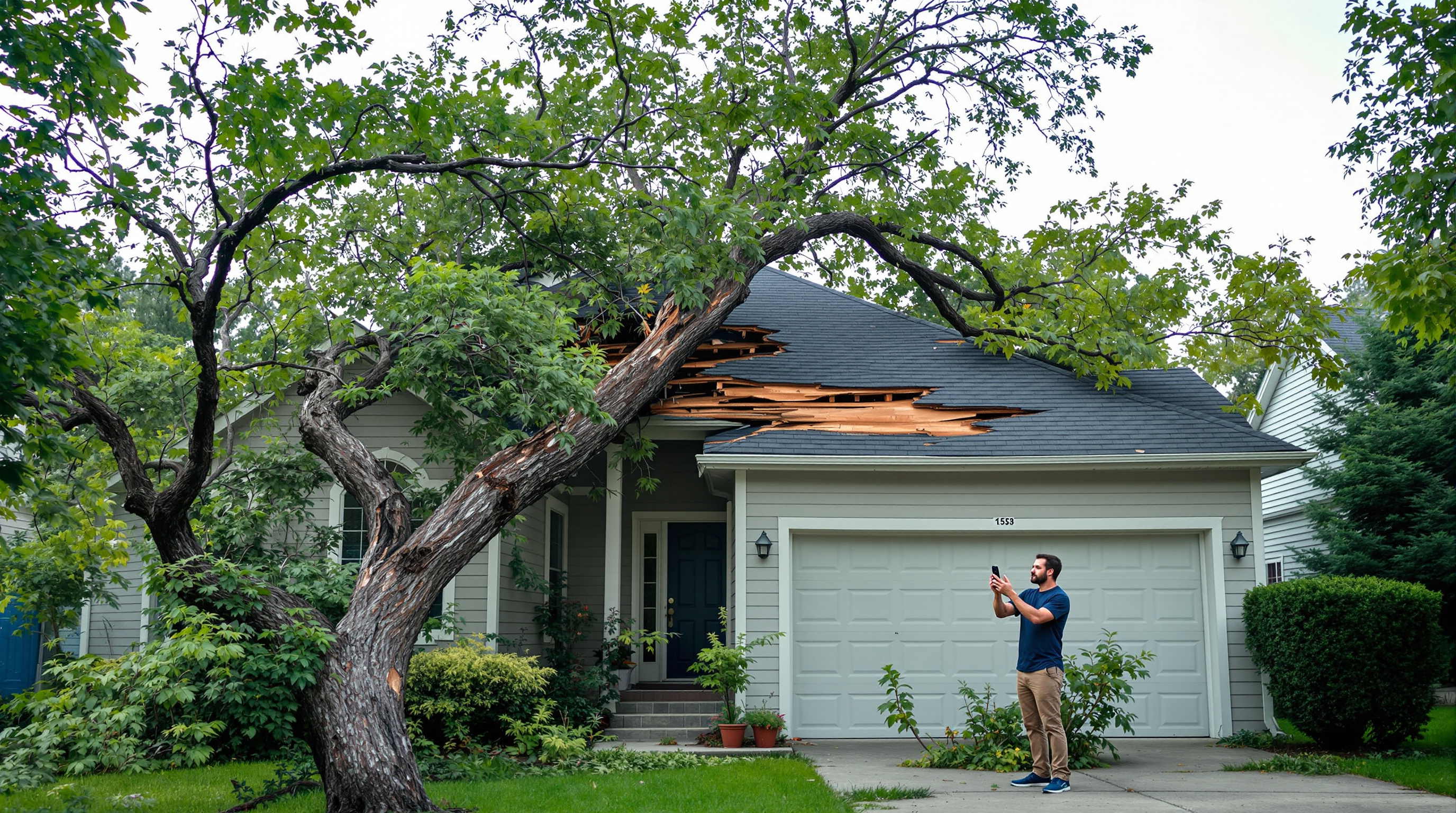Picture this: You’ve successfully moved into your second house. You decided to convert your first house into a rental property — with the help of your new tenants, your property expenses are more than covered. You get to hold onto the property you put your sweat and tears into while earning passive income.
Sounds great, right? If only things could be as easy as a snap of your fingers. To get to the point of earning income through a rental property, you’ll need to learn how to successfully rent out a house. Renting out a house can be a long, stressful process if you don’t know what you’re doing. But with a little help from friends (us!), you can get the ball rolling sooner.
Your guide to renting out your house
1. Research, research, research.
Before spending any time or money on your property, make sure your property is rentable. Look into your local laws — do you need a rental license? Research zoning laws, tax laws, and landlord tenant laws. Check your homeowners association covenant for specific rules on renting. You may also want to look into property management companies, if you would prefer someone to manage your property for you.
Lastly, research rent rates in your neighborhood or area to see how much you should charge for rent. Look for properties with similar square footage, rooms, and location. While you’ll want to charge enough to cover your expenses, if you charge too much, it’ll turn away prospective tenants.
Tip: As part of your research, look into your rights and responsibilities as a landlord. Understand what you are responsible for vs what responsibilities your tenants have. This can prevent conflict down the road and help both parties coexist successfully.
2. Prepare your property.
Next, you’ll want to make sure your property is a desirable place to live. Now is the time to go through your house thoroughly and look for any damages or repairs that need to be fixed. Legally, you need to adhere to safety standards in your state. This means having working smoke and carbon monoxide detectors, as well as meeting other local safety and building codes. Make sure to address any safety hazards such as missing railings, loose steps, and broken appliances.
Take note of the condition of your home. You’ll want to either do a walkthrough with your new tenant open move-in or have them fill out a move-in checklist, but now is the time for you to note how your property currently looks. Take photos.
One way to keep track of your to-dos is by using a checklist designed for first-time landlords.
3. Draw up a lease.
Your rental lease agreement is the binding contract between you and your tenant. If you have a lease that’s too vague, you may be on the hook for certain damages. If your lease is too restricting, you may be infringing on your tenants’ rights.
One way to ensure your lease covers all rules, requirements, and disclosures, and without violating any local or federal laws, is to hire a lawyer to review the document. You can also go online and use a free template. Just remember that online templates may not cover everything you need.
4. Attract tenants.
Now that your property is in good shape and ready for showings, you’ll need to find tenants to move-in. Here you may want to list the help of a professional, such as a real estate agent, who can help with showings and open houses. You can also list your property on sites such as Craigslist, Zillow, or Trulia to draw in your own tenants.
5. Screen tenants.
Screening tenants can save you headaches later down the road. While certain laws are in place to prevent discrimination against race, sex, disability, religion and more, you can set rental criteria to make sure you rent to upstanding tenants.
Common criteria include a minimum credit score, sufficient income, positive references from previous landlords, a clean background check, and/or proof of steady income.
You may disqualify a tenant who has a low credit score, history of evictions, criminal history, or who doesn’t fit your screening requirements. Other valid disqualifications include rejecting a smoker for your smoke-free property or refusing to rent to someone who has a pet if you choose to keep your property pet-free.
6. Shop for landlord insurance.
If you were previously living at your property, you likely have a homeowners policy. While this was great for your previous situation, you’ll want to update to an insurance policy specifically for landlords. Homeowners insurance may not cover your tenants or your property if damage is done while you are not living there.
As soon as you find a tenant to inhabit your property, you’ll want to set up a landlord insurance policy. Landlord insurance doesn’t have to be complex. Obie makes the process straightforward and easy — you can get a quote in minutes without having to speak to anyone. Get your quote today.
7. Start collecting rent.
At this point, you’ve successfully rented out your house. You’ve priced your rental just right to attract a trustworthy tenant, you’ve ensured your property is as safe as can be, and you’ve got your property insured against unforeseen events.
Now it’s time to start making that passive income. Collect a security deposit and place it in an escrow account, if applicable. Then, decide how you will collect rent. If you live close by and are planning on managing the property singlehandedly, you may prefer a direct check. Otherwise, you can use online rent collection tools for a quick and easy payment method.
As a landlord, you likely have more questions than “How do I rent out my house?” Check out our article, 11 Tips for First-Time Landlords, to learn more about being a landlord.







